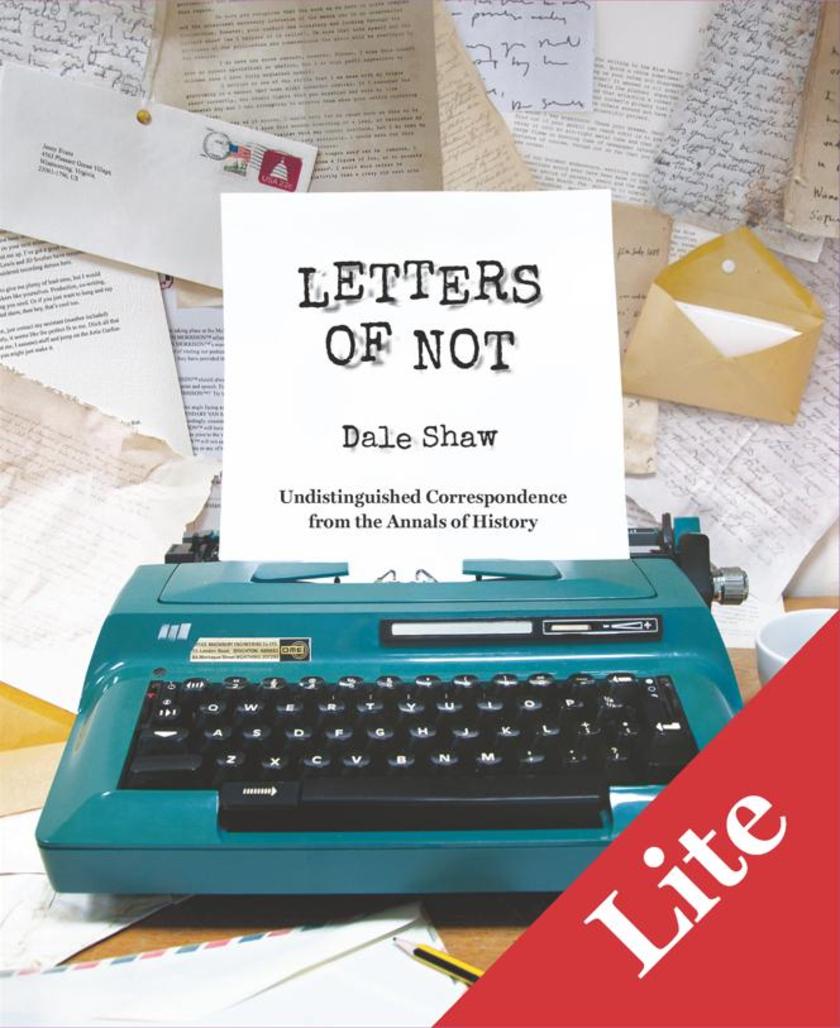
Letters of Not Lite
¥22.66
A text-only edition of the hilarious Letters of Not. A collection of remarkable and completely made-up correspondence from the great and the good across history. Many books have collated the exceptional letters and personal writing of the famous, offering a fascinating insight into well-known figures’ personal lives and hidden desires. But what of the undistinguished epistles of the renowned? Can their less auspicious musings divulge clues to their hopes and ambitions? Probably not. But they can be quite funny. ‘Letters of Not’ assembles the fictional jotted dross that was never before considered worthy of collection. The Post-it notes, the shopping lists, the failed limericks and the birthday card sentiments of history’s most celebrated sons and daughters. This ‘lite’ edition contains 6 never before seen letters. Inside you will find: Werner Herzog’s impassioned note to his cleaning lady Patti Smith’s gym application Captain Scott’s other last letter to his wife Salvador Dali’s to do list Mark E. Smith’s audio tour of Ripon Cathedral Harold Pinter greetings cards Pope Benedict’s handover notes James Joyce’s out of office Dr Heimlich’s other manoeuvre A letter from the table next to the Algonquin Round Table Tweets from the 1966 Newport Folk Festival Instructions on what to do when you meet Van Morrison And many more, beautifully rendered in their original, blatantly falsified glory and hilariously transcribed for your pleasure.

My Drunk Kitchen
¥129.07
One day, sad cubicle dweller and otherwise bored New York transplant Hannah Hart decided, as a joke, to make a fake cooking show for her friend back in California. She turned on the camera, pulled out some bread and cheese, and then, as one does, started drinking. (Doesn't everyone cook with a spoon in one hand and a bottle of wine in the other?) The video went viral and an online sensation was born. My Drunk Kitchen includes recipes, stories, full color photos, and drawings to inspire your own culinary adventures in tipsy cooking. It is also a showcase for Hannah Hart's great comedic voice. Hannah offers key drink recommendations, cooking tips (like, remember to turn the oven off when you go to bed) and shares never-before-seen recipes such as: ?The Hartwich (Knowledge is ingenuity! Learn from the past!) ?Can Bake (Inventing things is hard! You don't have to start from scratch!) ?Latke Shotkas (Plan ahead to avoid a night of dread!) ?Tiny Sandwiches (Size doesn't matter! Aim to satisfy.) ?Saltine Nachos (It's not about resources! It's about being resourceful.) This is a book for anyone who believes they have what it takes to make a soufflé for the holiday party and show up the person who apparently has nothing better to do than bake things from scratch. It also recommends the drink you'll need to accompany any endeavor of this magnitude. In the end, My Drunk Kitchen may not be your go-to guide for your next dinner party . . . but it will make you laugh and drink . . . I mean think . . . about life.

The Best Thing About My Ass Is That It's Behind Me
¥145.49
Follow one woman's bumpy, cellulite-riddled ride through size-0 Hollywood and learn how she went from body-dysmorphic to sassy-asstastic in only twenty-five short years of dieting, thousands of dollars in "procedures,". . . and one pair of industrial-strength Spanx.From the best girlfriend you didn't know you had comes this "I Can't Believe She Said That" guide to life in the real world. Actress and comic Lisa Ann Walter dishes about parenthood and the dangers of girl-on-girl snarking, explains why skinny actresses act crazy, and gives riotous advice on everything from the dating mistakes we all make to ten things you should subtract when you weigh yourself (self-tanner and dental work, for starters . . .).So what do you get when you drop a longtime self-loather into the glitz and glamour of HollywoodThis hysterical, and brutally honest, look at the impossible standard of perfection for which so many of us strive. Walter boldly shares her lifelong struggle with low self-esteem which, in her case, includes plenty of painful auditions, failed relationships, and awkward celebrity encounters, plus lots of impossible diets, questionable injectables, and dubious cosmetic procedures. Along the way, the "celebrity adjacent" Walter also tells her sometimes warm, often cringeworthy, and always funny Hollywood stories (including the reason she'd kill for Richard Gere). She also shares her sage advice by offering features such as ways to improve your self-esteem that won't cost you a dime:Four words:Push-up. Bra. Construction. Site. You don't even have to look good to get a response. Just wear sunglasses, square your shoulders, and toss your hair. Then count the whistles.Start frequenting your local gay bar. Both gays and lesbians are much more effusive about how fabulous you are! And you'll get free drinks! Always be seen with decrepit old men you'll look young and beautiful in comparison. Think how well this works for those Girls Next Door.

Damage Control
¥78.32
Traditionally, women share their secrets with their hairdressers. But what about their manicurists, masseurs, chi gong teachers, and tattoo artistsIn Damage Control, women wax poetic about the experts and gurus who help them love themselves, sharing stories of everything from friendships born in the make-up chair to the utter dismay of a truly horrible haircut. Minnie Driver finally meets a Frenchman who understands her hair . . . and tries to teach her not to hate it.Marian Keyes remembers the blow-dry that pushed her over the edge.Francesca Lia Block tells the ugly story of the plastic surgeon who promised to make her beautiful.Rose McGowan explains why it's harder to be depressed when you're glamorous . . . and shows how it takes a village to transform from mere mortal to movie star.Witty and wise, Damage Control is an intimate, sometimes dark, look at our experiences with the professionals who pluck, prod, and pamper every inch of our bodies and a reminder why we surrender ourselves to their (hopefully) very capable hands.
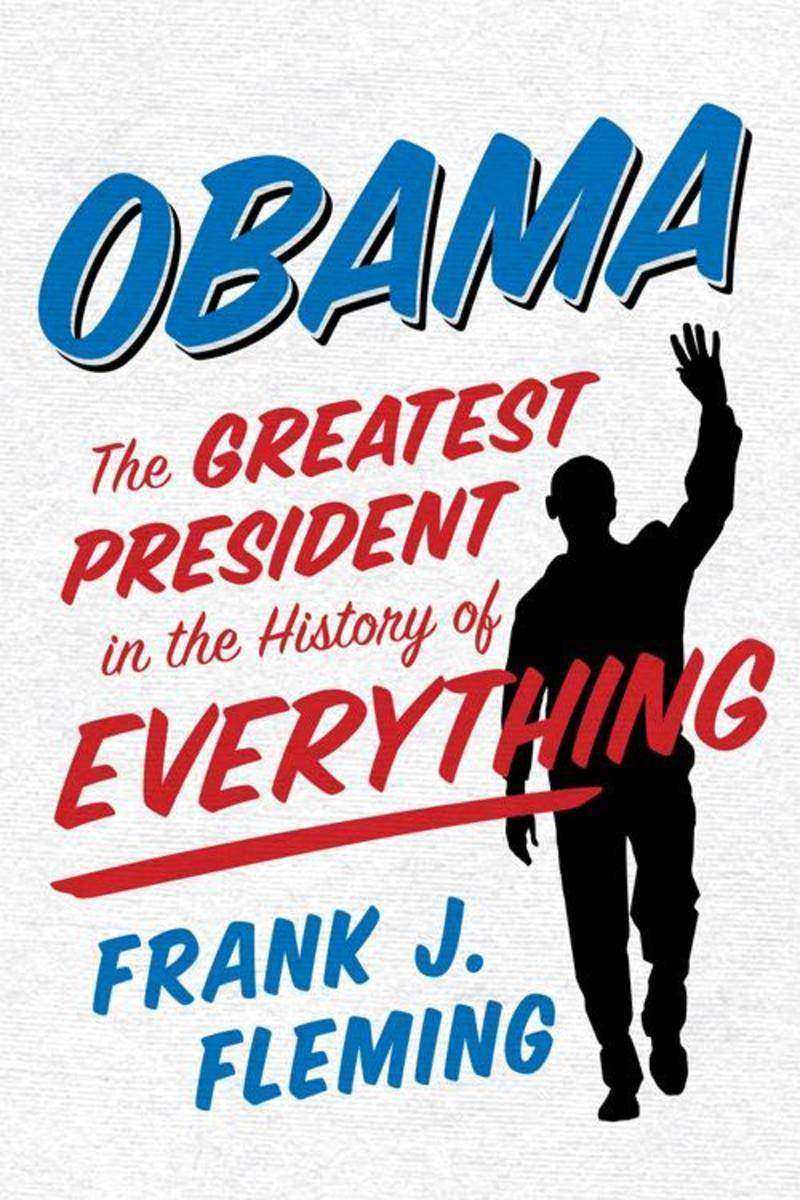
Broadside e-books
¥109.31
It's hard to remember the dark days before 2008. It was a time of hatred, racism, violence, obese children, war, untaxed rich people, and incandescent light bulbs -- perhaps the worst days we had ever seen. And at the heart of it all was a thuggish, thoughtless man, George W. Bush, who lashed out angrily at whatever he didn't understand -- and he understood so very little. Then there was that laugh of his -- that horrible snicker that mocked everything intelligent and nuanced. Also, he looked like a chimp. It seemed like the end for the United States of America. We would crumble in the hands of vicious, superstitious dimwits determined to hunt "ter'ists" or other figments of Bush's rotten mind. There was nothing left to do but head to Whole Foods to prepare our organic, sustainable, fair-trade last meal as the country ended around us. Despair had overtaken us, and we wondered aloud whether we could ever feel hope again. And then a man emerged who firmly answered, "Yes we can!" Oh, but Barack Obama was no mere man. He was a paragon of intelligence and civilized society. A savior to the world's depressed. A lightbringer. A genius thinking thoughts the common man could never hope to comprehend. And his words -- his beautiful words read from crystal panes -- reached down to our souls and told us all would be well. With the simple act of casting a ballot for Barack Obama, we could make the world an immeasurably better place -- a world of peace, of love, of understanding, of unicorns, of rainbows, of expanded entitlements. This was his promise. And now, having had him as president for more than two years, we can say without reservation that he has delivered all his promises and more and is the best president this country -- or any country -- has ever had or could even imagine to have.
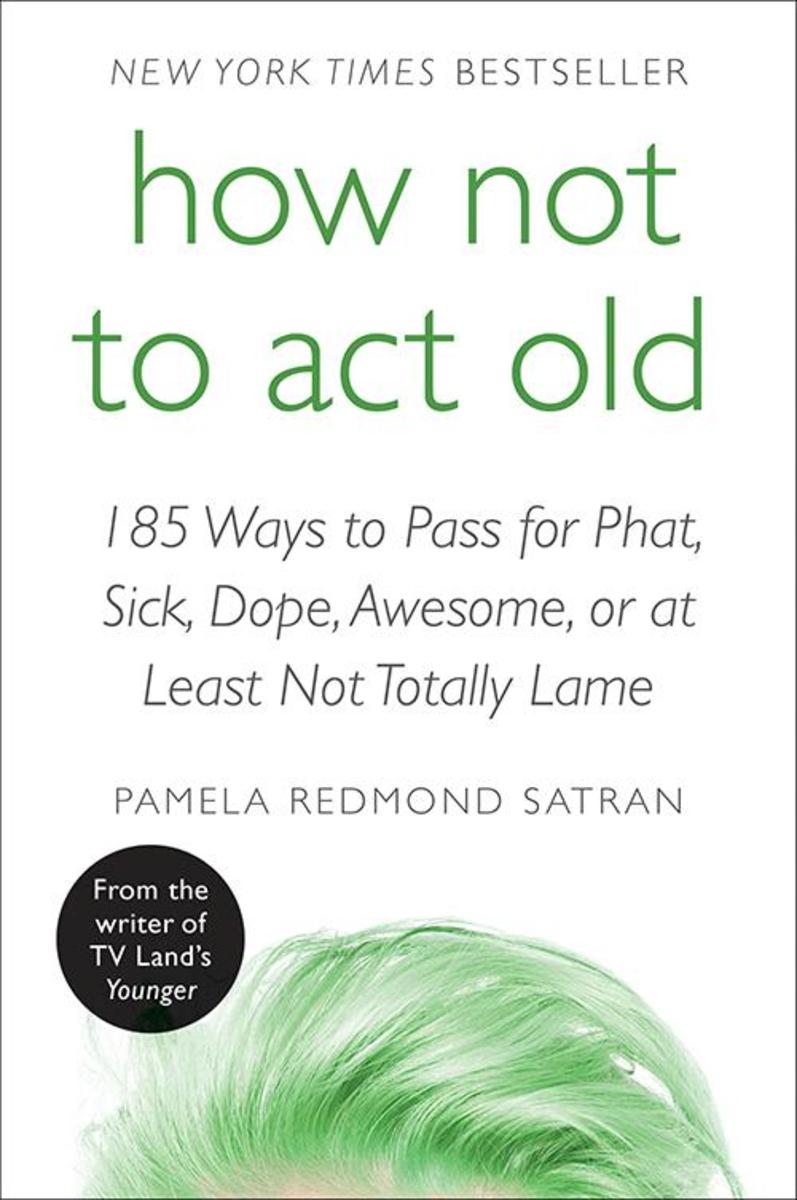
How Not to Act Old
¥83.03
How to be cool when you're afraid you've forgotten how . . . Sure, you can try to stay younger by exercising, coloring your hair, and wearing stylish clothes but how do you respond when someone asks, "Do you Twitter?" How Not to Act Old gives you simple ways to come back from over the hill and to act as young as you look.Covering everything from old-people entertainment (cancel that dinner party!) to old-people communication (it's called a "voice mail," not a "message," and no one leaves or listens to them anyway), Pamela Redmond Satran decodes the behaviors, viewpoints, and cultural touchstones that separate you from the hip young person you wish you still were. This irreverent guide is essential for anyone who doesn't want to embarrass their kids or themselves.

The Freedom Manifesto
¥90.77
The author of How to Be Idle, Tom Hodgkinson, now shares his delightfully irreverent musings on what true independence means and what it takes to be free. The Freedom Manifesto draws on French existentialists, British punks, beat poets, hippies and yippies, medieval thinkers, and anarchists to provide a new, simple, joyful blueprint for modern living. From growing your own vegetables to canceling your credit cards to reading Jean-Paul Sartre, here are excellent suggestions for nourishing mind, body, and spirit witty, provocative, sometimes outrageous, yet eminently sage advice for breaking with convention and living an uncluttered, unfettered, and therefore happier, life.

President Me
¥88.56
My fellow Americans,President John F. Kennedy once famously said, "Hey, is that blond intern eighteen yet?" He also said, "Ask not what your country can do for you, but what you can do for your country."We've changed a lot since JFK asked us all to pitch in. We've become a nation of narcissistic, yoga-mat-toting, service-dog-having, absentee dads and gluten-free, hand-wringing, hypochondriac moms of overcaffeinated (yet somehow still lazy) twerking tweens. And our government is an inept bureaucracy incapable of doing anything except getting in our wallets and in our way. We've got to get it together, America.That is why I, Adam Carolla, hereby declare myself Candidate Carolla. The tome you hold in your hands is a statement of my intent to whip our country back into fighting shape, to eliminate the "what are you going to do for me?" mentality that has invaded our country.President Me is my manifesto, my vision for a better place . . . free of Big Government, barefoot fliers, lazy hipsters who'd rather "Occupy" than work, and the other things that are bringing our country down. With my cabinet appointees, my list of worthy and necessary presidential ManDates, and tons of great ideas for fixing our health care, education, energy, and even national parks systems . . . behold an America we can be proud of. The America I see in my head.You're welcome in advance.Your future leader,Adam
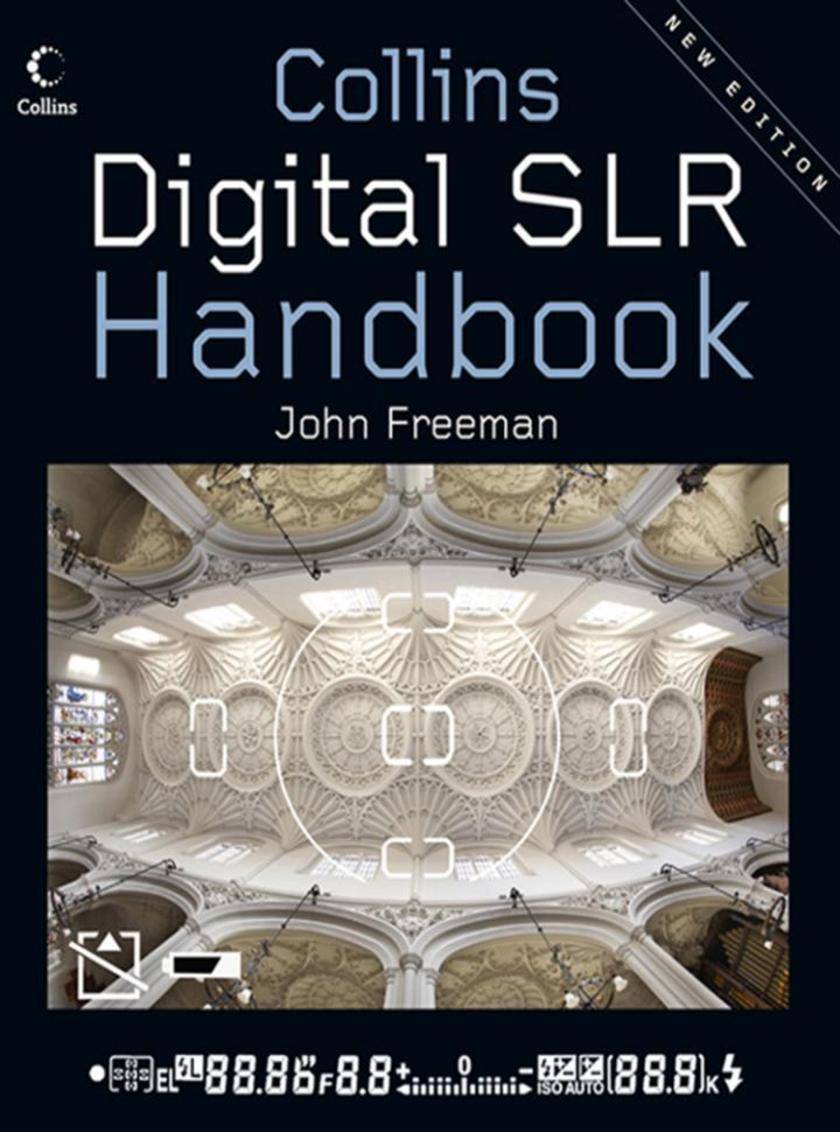
Digital SLR Handbook
¥125.18
This is the definitive practical guide to getting the most out of your digital SLR camera, written by top working photographer, John Freeman. Full of inspiring photography and professional tips, it is ideal for all keen amateur photographers and those aspiring to move over from using a traditional film SLR camera. The digital single lens reflex (DSLR) camera is now the must-have camera for all serious amateur photographers. Whether you already own one or are thinking of making the move from a point-and-shoot digital camera or a film SLR, this practical guide will provide all the help, advice and inspiration you need. Chapters include: understanding the DSLR system, seeing the picture, photographing landscapes, nature, people, architecture, still life, action, getting more from your DSLR and post-production techniques.
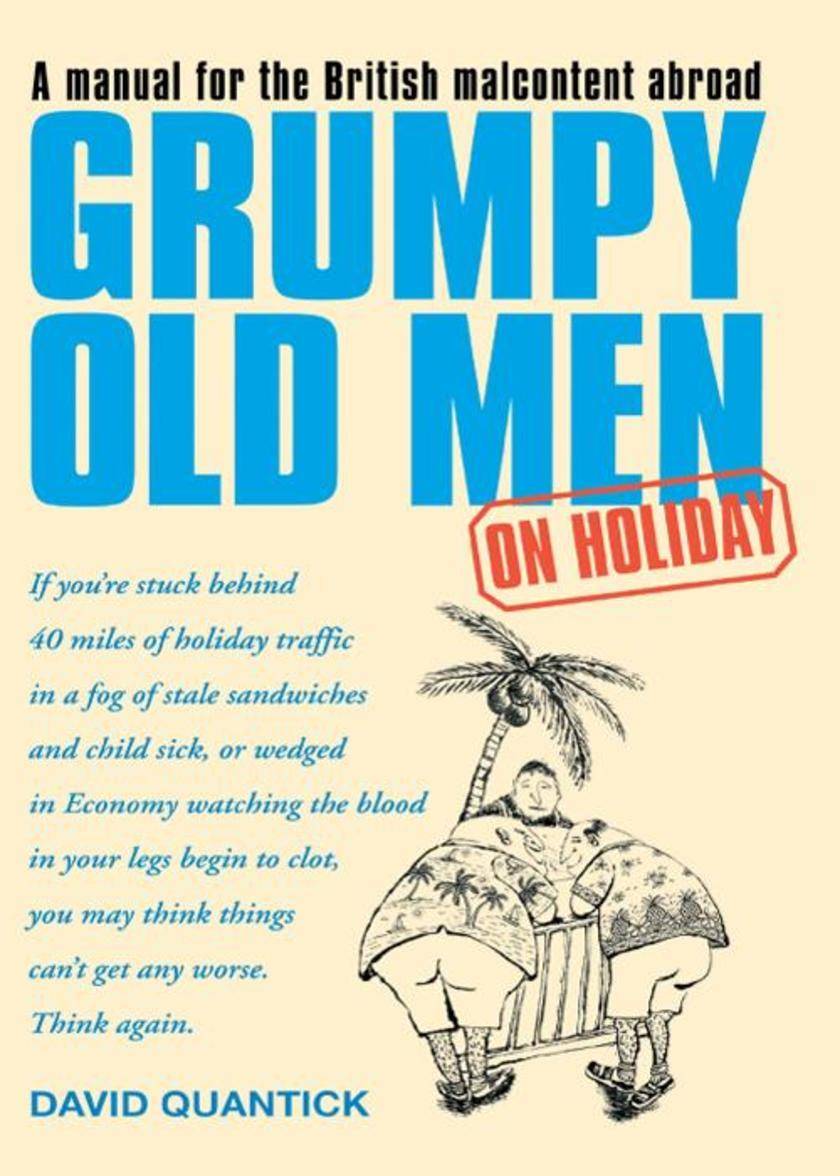
Grumpy Old Men on Holiday (Text Only)
¥76.03
Following the phenomenal success of Grumpy Old Men, the quintessential grumpy old man, David Quantick, has taken a well-deserved holiday. But no matter where you go, there is always something to moan about. You're stuck behind endless caravans on the M4, waiting for a non-existent filthy train, hanging around looking at crap luggage in an airport. Is it going to be worth the effort? Of course is b****y well isn't. David Quantick here explores everything that makes the rest of the world different – and therefore worse – than Britain and lets us know exactly why it is safer to stay at home than to become grumpy old men on holiday. The indispensable guide to the grumpy old xenophobe in us all.

A Certain Age
¥62.59
From the bestselling author of ‘Eats Shoots & Leaves’, a wonderfully funny collection of twelve monologues. In the tradition of Alan Bennett's ‘Talking Heads’ come Lynne Truss's twelve bittersweet tales about love, romance, friendship and family. Her six men and six women each have very different stories to tell, ranging from the wife who feels better when her husband disappears to the pedant who undergoes a TV makeover and the swimmer who can't escape the shadow of her sister…but all are funny, touching and as beautifully observed as would be expected from the bestselling author. Whether describing fathers and daughters, married men, cat-lovers or ‘other women’, she is always brilliantly perceptive.
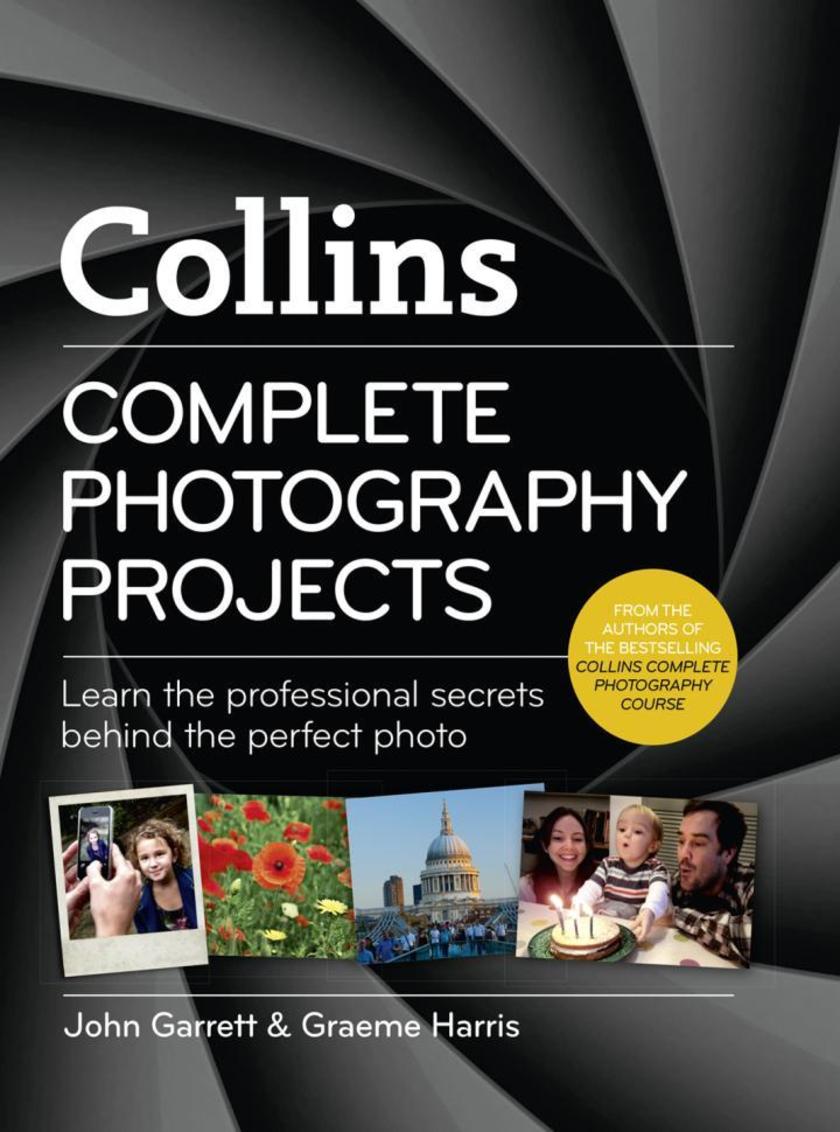
Collins Complete Photography Projects
¥91.43
The book all amateur digital photographers need – learn how to take the perfect photograph every time, from the authors of the bestselling Collins Complete Photography Course. In this book, John and Graeme apply their years of experience as professional photographers and instructors to teaching you the techniques and tips for capturing your friends and family, children and pets, holidays, sports days, celebrations, parties, festivals, weddings, births and birthdays. This book will show you the best way to photograph them all – every important person, place and memory you’ll want to treasure. Using the same practical, project based course structure that helped so many amateur photographers get to grips with their cameras in their bestselling Collins Complete Photography Course, John and Graeme will give you the confidence to get out your camera and start taking photos. Includes tips and advice on how to get the best out of your iphone and other mobile and point-and-shoots cameras as well as your digital SLR. John and Graeme’s warm and encouraging style will build your confidence, inspire your creativity and get you experimenting with your photos. With specially shot case studies and projects, step-by-steps, troubleshooting and project reviews you’ll be learning as you shoot right from the get go. Collins Complete Photography Projects is the natural follow-up to the Collins Complete Photography Course, benefiting those who have worked their way through the first one, but it will stand alone with a concise technical section that will bring new readers up to speed. A must have photography book for anyone with a digital camera and a little imagination.
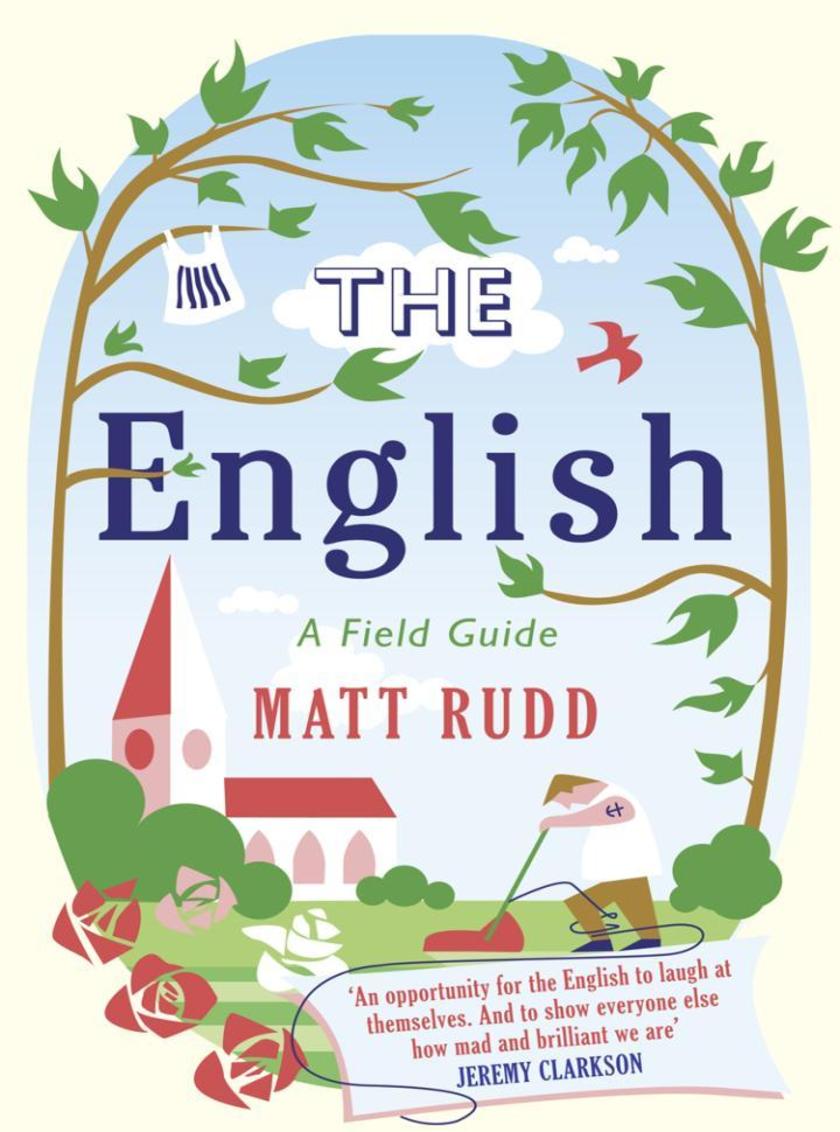
The English:A Field Guide
¥73.58
A hilarious field guide to the world’s most remarkable and unusual creatures: the English. Thanks to television documentaries by Bruce Parry and David Attenborough, we are better acquainted with the hunting rituals of the San bushmen and the mating habits of Papua New Guinean tribes than we are with the everyday lives of that most peculiar of species – the English. In ‘The English: A Field Guide’, Sunday Times journalist Matt Rudd, sets out to uncover what makes us, the English, tick. He will examine us in our natural habitats, starting with the living room and moving out to the kitchen, the garden, the commuter train, the office, the motorway, the high street, the sports stadium, the pub, club, bingo hall, balti house, beach and ending up in the bedroom. Hilarious, warm-hearted and surprisingly enlightening, ‘The English’ shines a strong searchlight on us all.

Pearl Lowe’s Vintage Craft:50 Craft Projects and Home Styling Advice
¥114.48
Vintage designer Pearl Lowe shows you how to create the authentic vintage look in your own home with her expert advice and simple craft projects. This practical guide, complete with inspiring photography includes … ? 50 step-by-step craft projects ? Sewing, painting, upcycling and crafting secrets ? A how-to guide to sourcing your own vintage treasures ? And Pearl’s little black book of shops and suppliers An absolute must-have for lovers of vintage and all things handmade. Craft projects include … Dyed lace window panels Vintage bunting Midsummer and winter wreaths Gypsy-style apron Two-toned fringed lampshade Personalised rubber stamp Sumptuous padded headboard Upcycled chest of draws Antique ghost mirror Handmade vintage-style tiles The patterns and templates in this ebook are best viewed on an ereader that supports colour and has a zoom function.

Wear This Now
¥73.58
Stop Wondering What to Wear and Wear. This… Now. That first date, job interview or dinner with your future in-laws may be stressful, but figuring out what to wear for it shouldn’t be. And thanks to style expert Michelle Madhok and the editors of SHEfinds.com, it isn’t. Members of the team behind SHEfinds.com make a living putting the perfect outfit together (at the right price), and they’ve taken the guesswork out of getting dressed. From basic essentials to special events, learn how to build a foolproof wardrobe―without breaking the bank―and look stylish for every season, every occasion, every single day of the year. Get the inside scoop on: Designer deals and steals, When to invest and when to spend less, The essentials for every season, S.O.S. for any (and every) style conundrum, Navigating the sales racks―and seasons!―like a pro
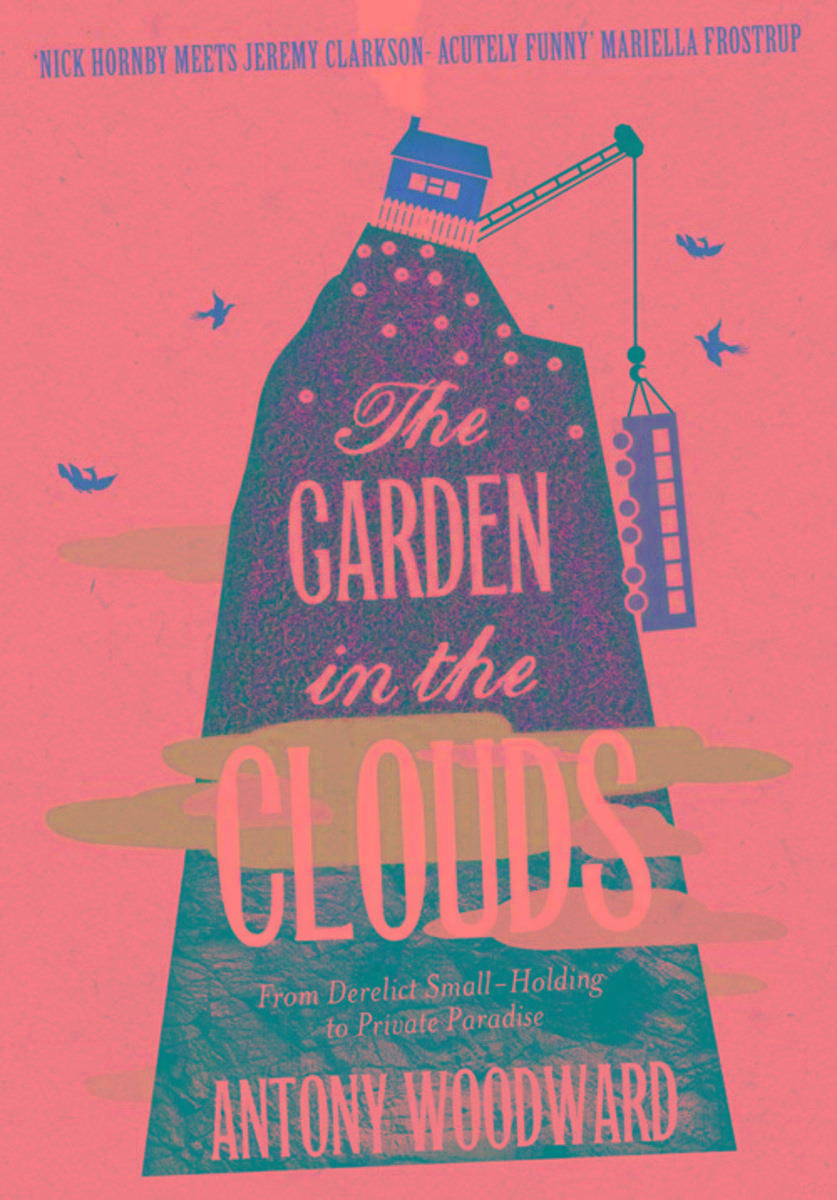
The Garden in the Clouds: From Derelict Smallholding to Mountain Paradise
¥66.22
A warm, witty memoir of one man’s escape from the city in an unlikely quest to create out of a mountainous Welsh landscape a garden fit for inclusion in the prestigious Yellow Book – the ‘Gardens of England and Wales Open for Charity’ guide – in just one year. It was a derelict smallholding so high up in the Black Mountains of Wales it was routinely lost in cloud. But to Antony Woodward, Tair-Ffynnon was the most beautiful place in the world. Equally ill-at-ease in town and country after too long in London’s ad-land, Woodward bought Tair-Ffynnon because he yearned to reconnect with the countryside he never felt part of as a child. But what excuse could he invent to move there permanently? The solution, he decided, was a garden. In just a year he’d create a garden so special it would be selected for the prestigious Yellow Book – the famous National Gardens Scheme guide to gardens open to the public for charity. It’s an unlikely ambition to entertain in this most unlikely of settings, and one that soon sees Woodward driven by odder and odder compulsions – from hauling a 20-tonne railway carriage up the mountain to making hay with hopelessly antiquated machinery. The path to Woodward’s elusive sense of belonging turns out to be a rocky and winding one, taking in childhood haunts, children’s books and Proustian nostalgia trips. As the family battles gales, mud and Welsh mountain sheep of marble-eyed cunning, not to mention the notoriously fastidious NGS County Organiser, it remains deeply uncertain whether the ‘Not Garden’ and the ‘infinity vegetable patch’ (that grows only stones) will ever make the grade… Warm, thought-provoking and brilliantly funny, this is a memoir of a hopeless romantic with a grandly ludicrous ambition – an ambition to which anyone who’s ever dropped into a garden centre, or opened a packet of seeds, has already succumbed.
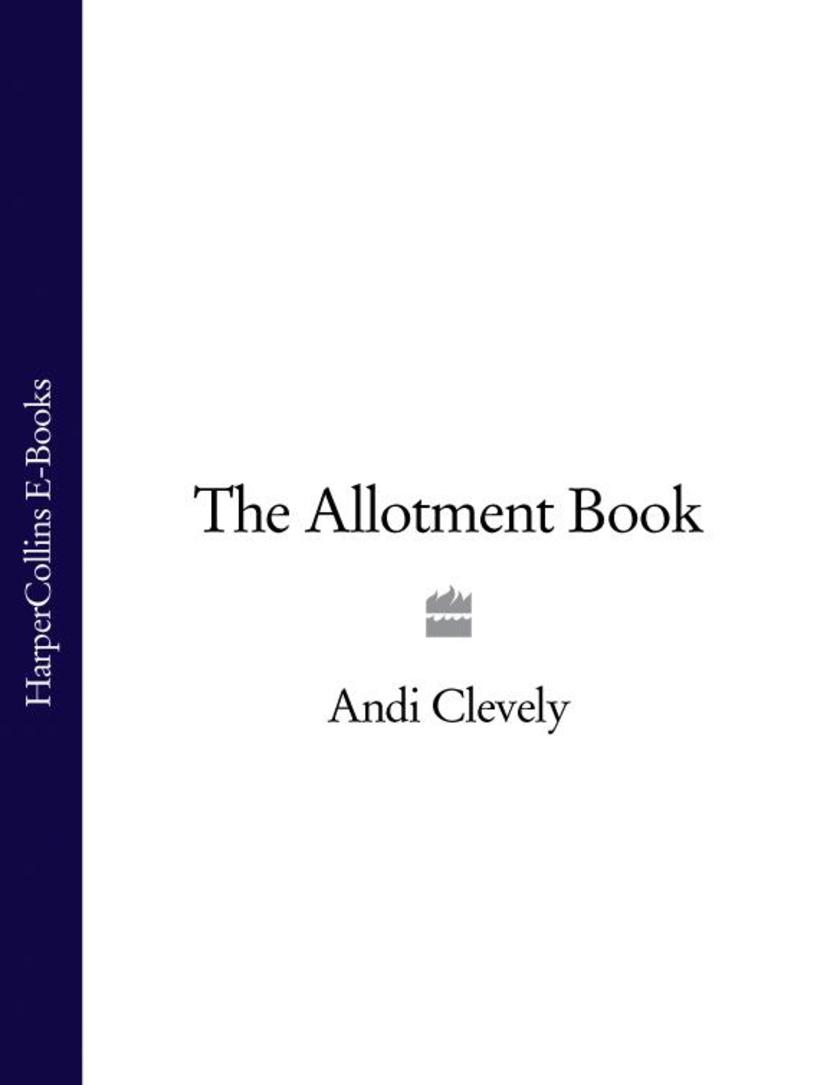
The Allotment Book
¥110.46
A wonderfully illustrated celebration of the blood, sweat and joy to be had ‘growing your own’ in an allotment – with the in-depth, practical gardening know-how for which Collins is renowned. No longer considered the preserve of old men in sheds, allotment gardening is currently enjoying a renaissance of interest. People of all ages and from all walks of life are digging their own plots in search of the ultimate in fresh, organic produce – and you cannot get more locally-sourced than your own allotment! This book testifies to the vibrancy of allotment culture, aiming both to inspire the next generation of plot-holders and to provide all the practical knowledge needed to turn a patch of soil into a lifelong adventure. Open to all the eco-gardening techniques, and the various weird and wonderful ways people make use of their plots, contents include: ? the history of allotments – from 19th century origins, through wartime ‘Dig for Victory’, to the cosmopolitan communities of today; features photos and interviews with current plot-holders ? planning your perfect allotment – finding it, assessing it, clearing the ground and working out what to grow ? the brown stuff – all you need to know about soil management, the key to growing success ? choosing a gardening method – organic, biodynamic, rotation beds, companion planting, greenhouse, multi-level, potager, cottage garden, and so on… ? the hard stuff – constructing sheds, compost bins, cold frames, fruit cages, ponds, seating and play areas ? selecting crops – what and how to grow, from parsnips and peas to chilli peppers and lemon grass ? cultivation techniques – digging, sowing, feeding, weeding and harvesting, plus troubleshooting pests and diseases ? the allotment calendar – extensive, month-by-month look at what’s in season, jobs for now and looking ahead
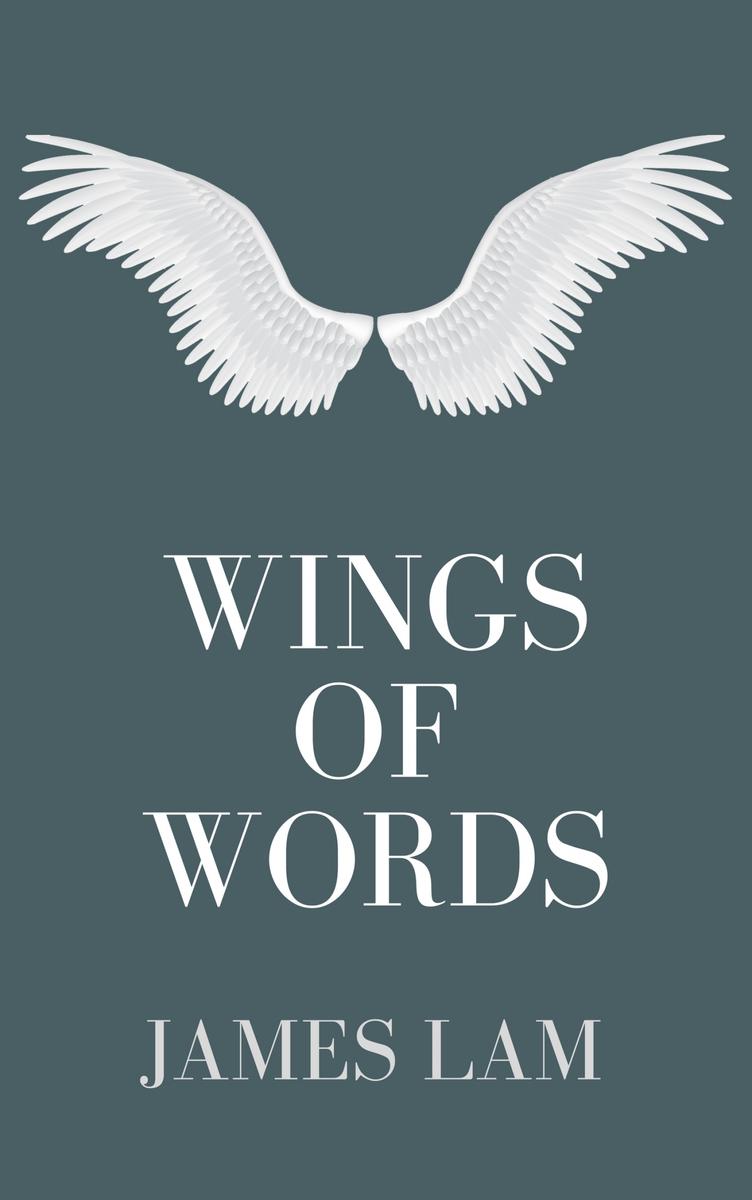
Wings of Words
¥32.62
Wings of Words
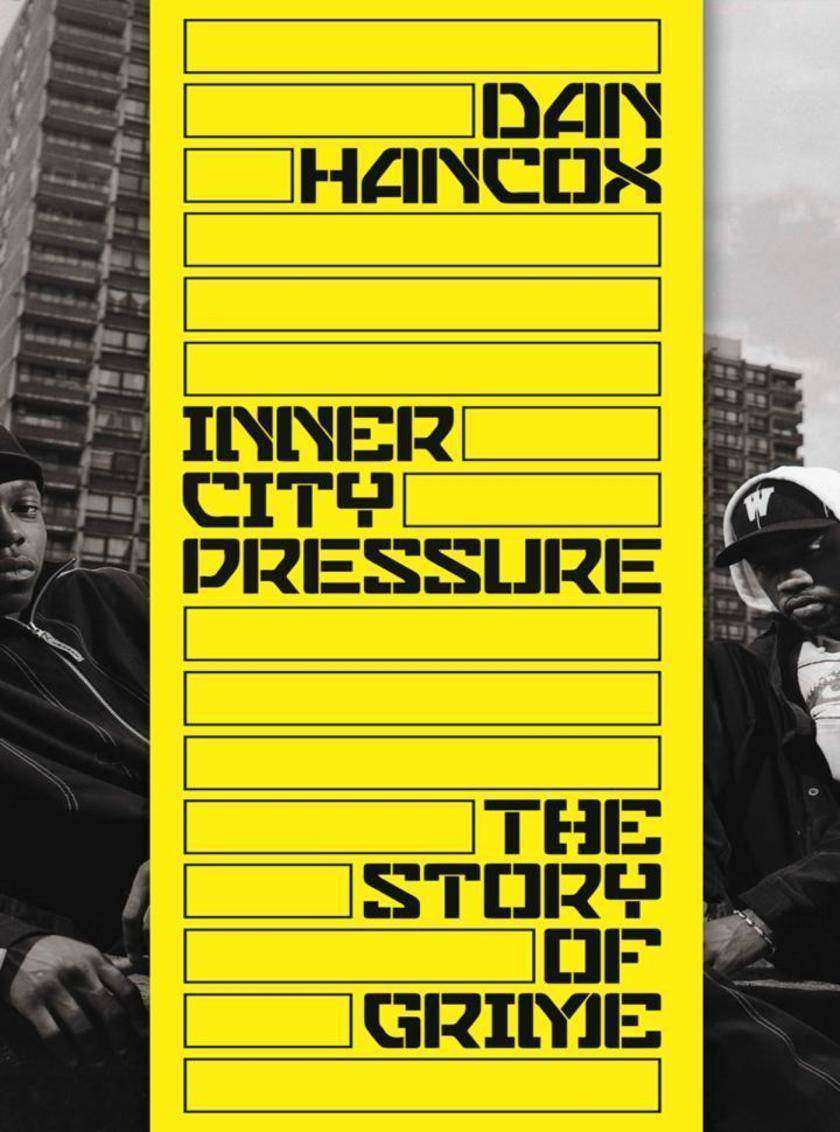
Inner City Pressure: The Story of Grime
¥147.35
Dan Hancox is a native Londoner who writes about music, politics, gentrification, social exclusion, protest and the margins of urban life, chiefly for the Guardian, but also the New York Times, Vice, The Fader, Dazed & Confused and XXL. He is the author of The Village Against the World (Verso).
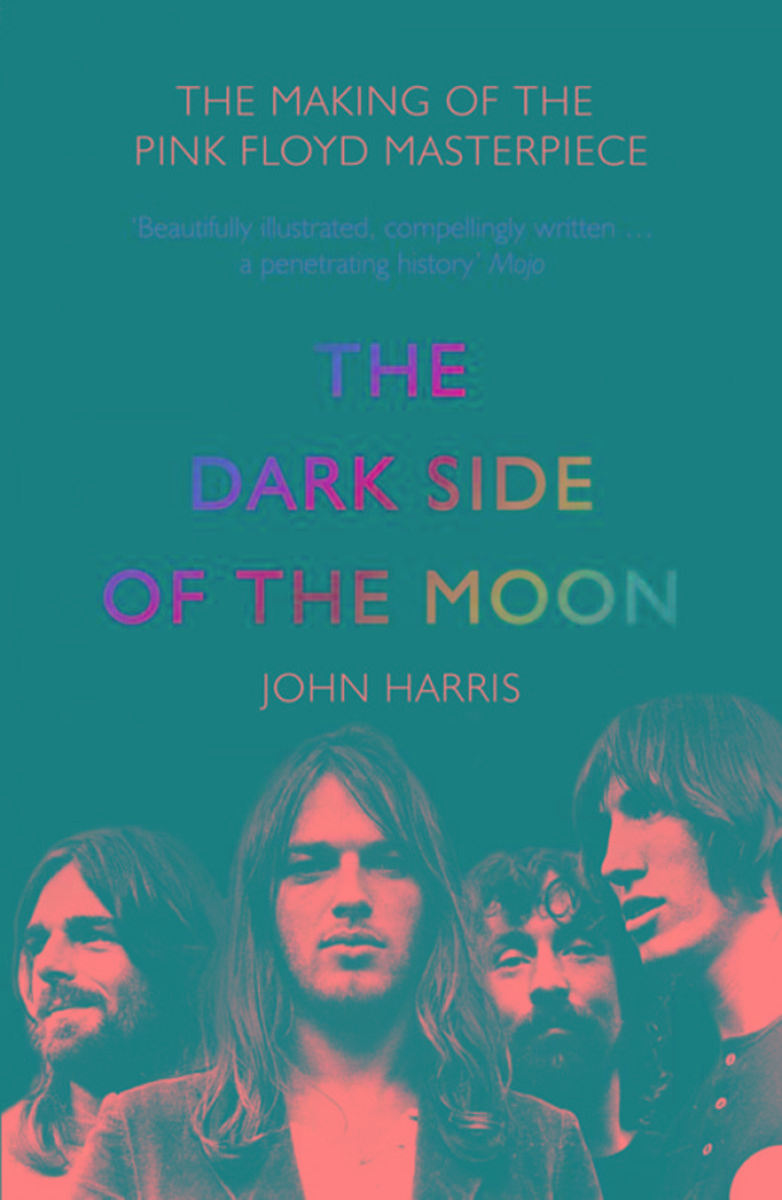
The Dark Side of the Moon: The Making of the Pink Floyd Masterpiece
¥68.57
John Harris, author of ‘Britpop!: Cool Britannia and the Spectacular Demise of English Rock’, has written for Rolling Stone, Mojo, Q, Independent, NME, Select, and New Statesman. He lives in Hay on Wye, England.
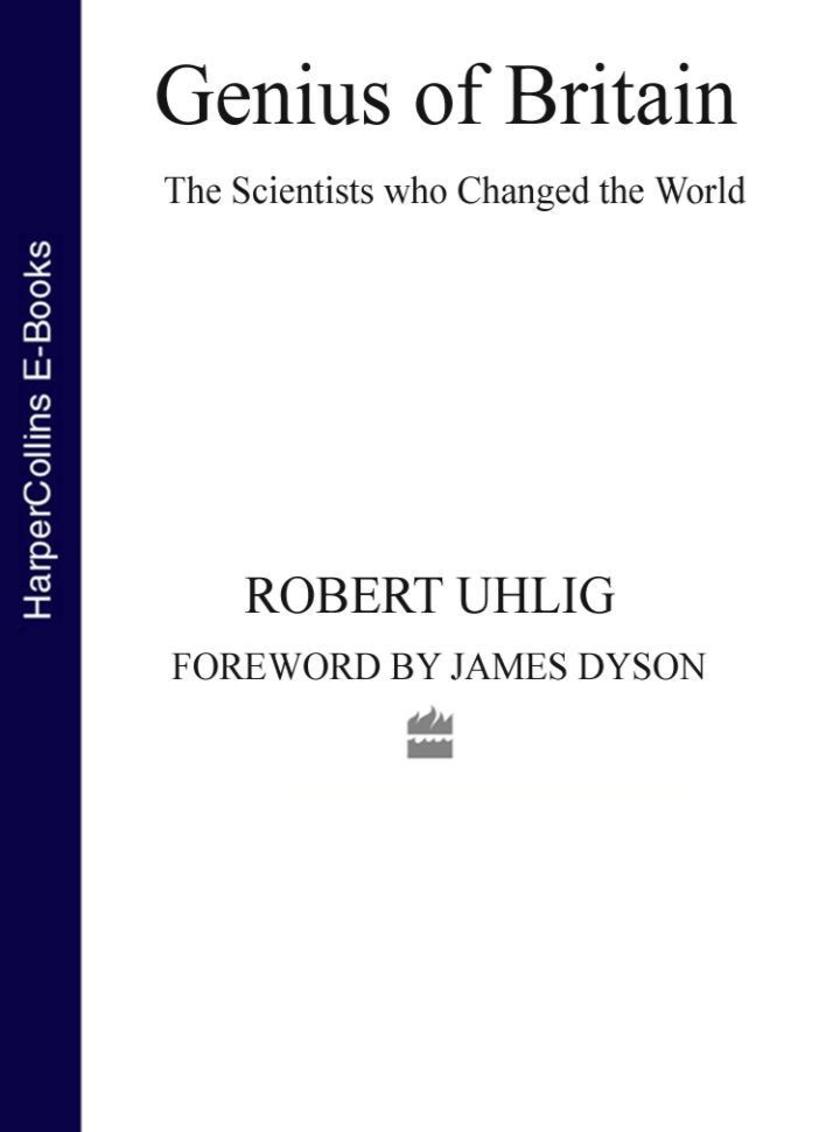
Genius of Britain (Text Only)
¥154.12
It’s one of the fundamental things that makes us human: wondering why the world is the way it is. For some of us, it is enough merely to wonder. For most, basic explanations of why and how we came to be here satisfy a casual curiosity. But for a special few – the British geniuses featured in this book – entire lives are dominated by posing questions that no one has asked before, and then finding the answers.That’s what this book is about: the lives and achievements of the Britons who discovered and decoded the mysteries of the universe. Men and women who changed our perception of ourselves and of our surroundings from a belief in mystical superstitions to rational understandings of our existence. Household names such as Isaac Newton, Charles Darwin and Michael Faraday, but also lesser-known geniuses such as J.J. Thompson, John Hunter and Fred Hoyle.This history of British science and its scientists begins in the late seventh century, when Vikings were overrunning the last vestiges of Roman culture. Only a few monks in the north-east of England were keeping scientific enquiry alive by studying and translating classical Greek and Roman philosophical works of nature, medicine, astronomy and arithmetic. But in this tiny pocket of philosophical learning the course was being set for the unimaginably rich and fascinating journeys of scientific exploration that continue to this day.




 购物车
购物车 个人中心
个人中心



